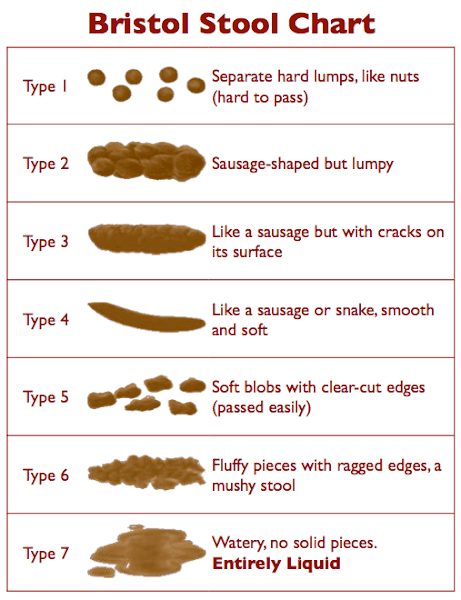Changes in the size and form of stoolEveryone's feces is unique in terms of size, shape, and consistency. The shift in stool pattern is more important than the stool's actual size and form. Narrow stool, sometimes known as pencil-thin stool, occurs seldom and is of little significance. Individuals suffering from irritable bowel syndrome (IBS) may notice a change in the consistency of their feces.
It's also critical to understand what constitutes typical bowel motions. However, each person is unique, and you should be aware of what is considered typical for you. A normal range of bowel motions is three per day to three per week. Constipation is defined as having fewer than three bowel movements per day. Diarrhea is defined as having more than three bowel movements per day, while constipation is defined as having fewer than three bowel movements each week. (1)When should one be concerned about the color of the stool?
Clay-colored feces may have a variety of causes and symptoms. For other individuals, the reason may be as simple as a drug they are currently taking. For instance, several anti-inflammatory medications might result in clay-colored feces. Additionally, antibiotics, anabolic steroids, and some birth control pills have been reported to create clay-colored feces. Other causes of clay-colored or pale stool in adults include the following:
However, if the black stool color is a brief, occasional occurrence caused by dietary changes, it might be regarded normal. For instance, taking iron supplements, consuming a large amount of iron-rich foods such as parsley or dark chocolate, or dark-colored meals such as Oreos, or black licorice might result in transient black stools. After the first black feces, the color should return to normal and the pigment should be totally removed. However, if you often have black feces and have not had any dark-colored meals, it is time to schedule an appointment with your physician. 6) Stools that are yellow. Yellow stools are rather common if you consume a high fiber diet and suffer a rapid transit time as a consequence. When I consume veggies for more than two days in a row, I always get yellow stools (only vegetables, more yellow, white and orange ones than green, red or purple). If the stool is well-formed, holds its shape, is soft and simple to pass, and does not smell strongly, it is typical.















